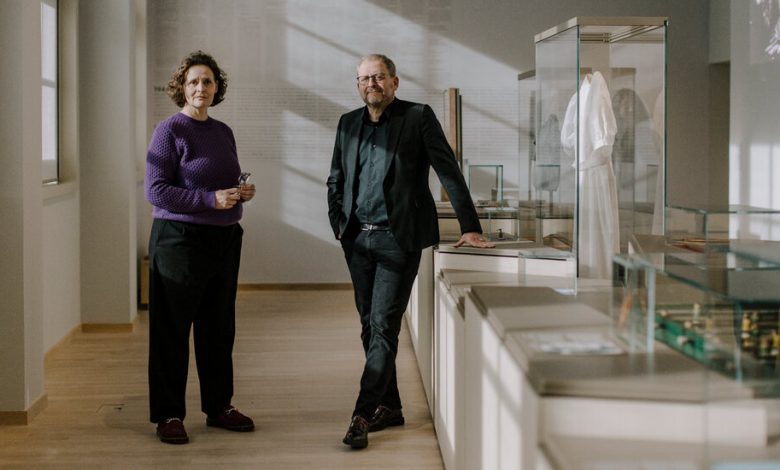With a New Holocaust Museum, the Netherlands Faces Its Past

Three faces stare blankly from sepia-toned passport photos, haphazardly pasted onto a card to an unknown recipient. They are probably two parents and their son, but we’ll never know for sure. Under their pictures are the handwritten words: “Don’t forget us!”
It’s unclear when this card was sent. But its plea has helped shape the permanent collection at the National Holocaust Museum in Amsterdam, which opens to the public next week. The new institution has been in the works for almost 20 years, during which time the project overcame persistent skepticism partly driven by hesitance at facing this part of Dutch history.
“I think it’s a remnant of a long-felt discomfort in the Netherlands with taking ownership of what happened,” said Emile Schrijver, the general director of the National Holocaust Museum.
While other museums in the Netherlands cover aspects of the history of the Holocaust — such as the Anne Frank House, or museums that focus on World War II more broadly — the National Holocaust Museum is the first institution devoted to telling the full story of the persecution of Jews in the Netherlands.
“The collective embrace of the fact that the fate of the Jews in the Second World War differed substantially from the fate of the Netherlands, that took a very long time,” Schrijver said. The opening of the museum, Schrijver said, “is a kind of closure to a process of acceptance.”
